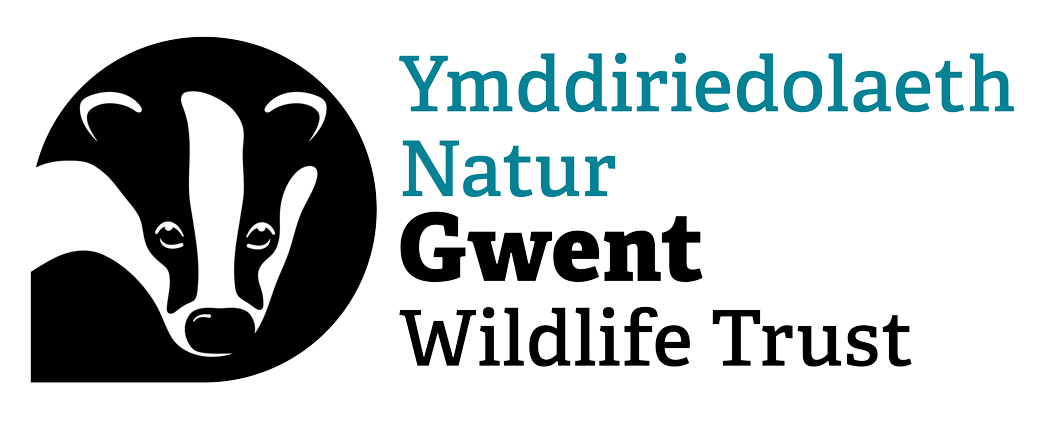Search
Chwilio
Small-spotted catshark
Small-spotted catsharks used to be called lesser-spotted dogfish - which might be what you know them best as. It's the same shark, just a different name!
Rock dove
The wild rock dove is the ancestor to what is probably our most familiar bird - the feral pigeon, which is often found in large numbers in our towns and cities.
Defend Nature
Lowland meadow and pasture
Generally found as part of lowland farms or nature reserves, these small, flower-rich fields are at their best in midsummer when the plethora of flowers and insects is a delight. Tiny reminders of…
My research
Throughout my internship, I am contributing to marine conservation by assisting with marine mammal research in Cardigan Bay, collecting data on marine mammals from land and boat-based surveys, and…
Lowland mixed oak and ash wood
Lowland mixed oak and ash woods include the iconic bluebell woods so central to our notion of British woodland. Mostly quite small and bounded by ancient banks, they are full of history. At their…
The Denny - Monmouthshire's Special Bird Island
An Illustrated Talk by Richard Clarke
Whirligig beetle
Ever wondered what that little black dot whirling in circles on the top of the water of a pond is? Those are whirligig beetles! Often seen shooting across the water surface on the hunt for its…
Defend Nature
Common gorse
Windy, open moors covered in bright yellow, spiky common gorse bushes and purple heathers are synonymous with what we call 'wild' landscapes, but it can be seen in many habitats, from…
Common daisy
He loves me, he loves me not' is a familiar rhyme associated with what is probably our most well-known plant: the common daisy. Its white-and-yellow flower heads brighten up lawns, verges and…
